Reportar esta entrada
Más sobre la misma comunidad-colección
Gratitud hacia el Pasado y Responsabilidad ante el Future - Video
Detail of the Mural. Located on the side of the El Paso History ...
Gratitud hacia el Pasado y Responsabilidad ante el Future
Detail of the Mural. Located on the side of the El Paso History ...
Gratitud hacia el Pasado y Responsabilidad ante el Future - Video
Creative Kids Participants working on the Mural. Located on the ...
Gratitud hacia el Pasado y Responsabilidad ante el Future - Video
Creative Kids Participants working on the Mural. Located on the ...
Gratitud hacia el Pasado y Responsabilidad ante el Future - Video
Time-Lapse Video of the Participants working on the Mural. ...
Patinaje sobre hielo - centro de El Paso, Texas - 2016
Ice skating in downtown El Paso, Texas. One of the major events ...
El Museo de Historia de El Paso - Navidad - 2016
During the lighting of San Jacinto Plaza for Christmas. The El ...
El Museo de Historia de El Paso - Navidad - 2016
During the lighting of the San Jacinto Plaza for Christmas - the ...
Plaza San Jacinto Ceremonia de Luces de Navidad - 2016
Crowds descend on downtown for the Christmas lighting of the ...
Patinaje sobre hielo - centro de El Paso, Texas - 2016
Ice skating in downtown El Paso, Texas. This photograph was ...
Patinaje sobre hielo - centro de El Paso, Texas - 2016
Ice skating in downtown El Paso, Texas. This photograph was ...
Patinaje sobre hielo - centro de El Paso, Texas - 2016
Ice skaters enjoy the skating during the lighting of the San ...
Patinaje sobre hielo - centro de El Paso, Texas - 2016
Ice skaters enjoy the skating during the lighting of the San ...
Patinaje sobre hielo - centro de El Paso, Texas - 2016
Ice skating comes to the downtown area in El Paso, Texas.
Patinaje sobre hielo - centro de El Paso, Texas - 2016
Ice skaters downtown El Paso, Texas during the Christmas ...
Patinaje sobre hielo - centro de El Paso, Texas - 2016
Ice skaters downtown El Paso, Texas during the Christmas ...
Plaza San Jacinto 2016 - Navidad 2016
In front of the Art Museum during the lighting ceremony for San ...
Celebración de Luces - Plaza San Jacinto - 2016
Celebration of Lights - San Jacinto Plaza El Paso Texas– 2016 ...
Celebración de Luces - Plaza San Jacinto - 2016
Celebration of Lights - thousands gather on the plaza - El Paso, ...
Celebración de Luces - Plaza San Jacinto - 2016
Celebration of Lights - San Jacinto Plaza – 2016 San ...




















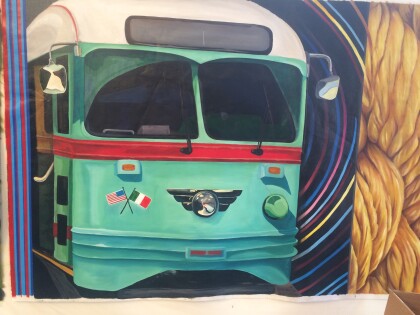
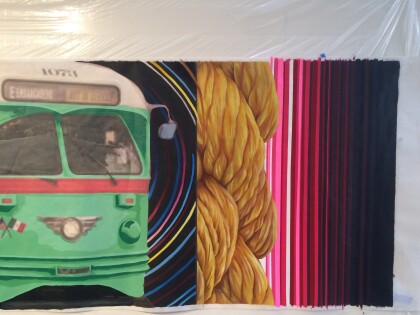

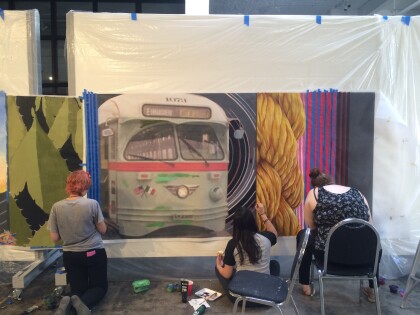
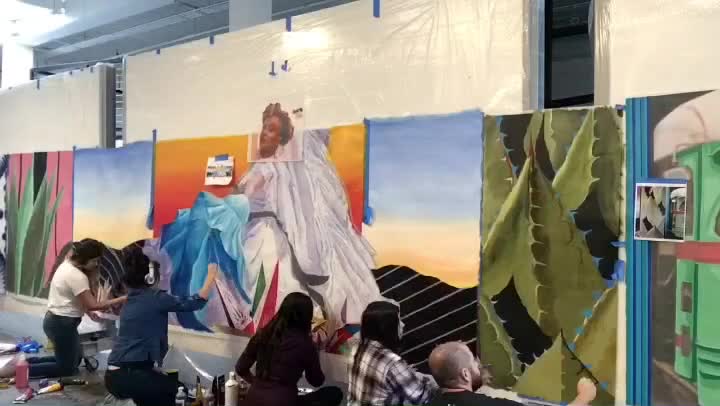
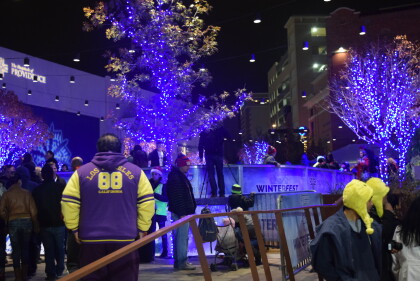
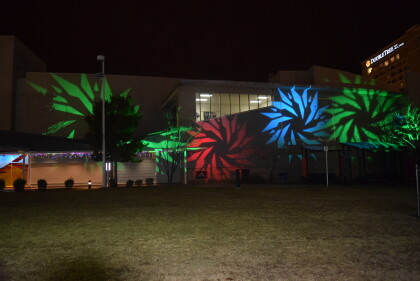
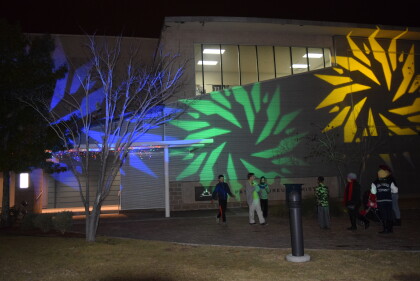
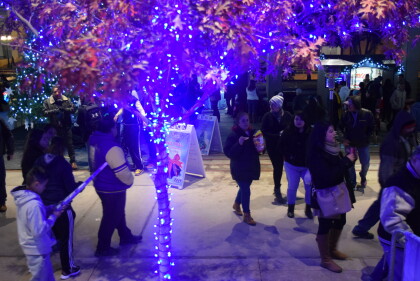







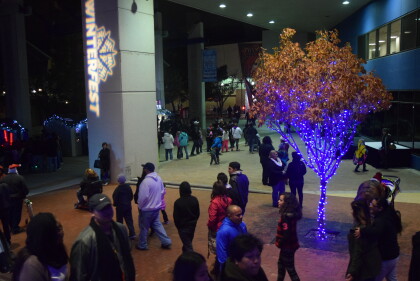
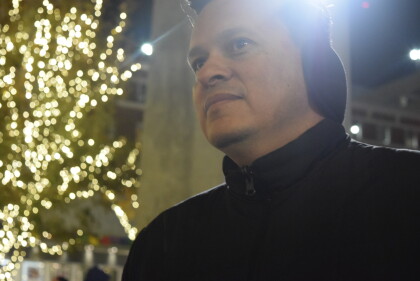
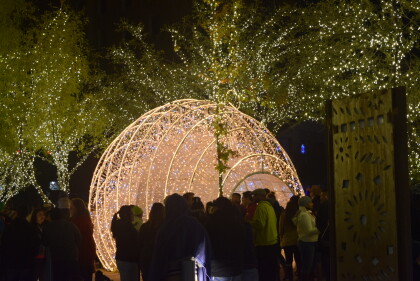
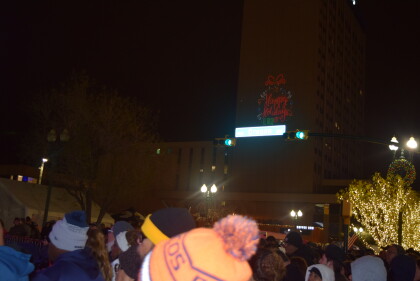
Comentarios
Hacer un comentario